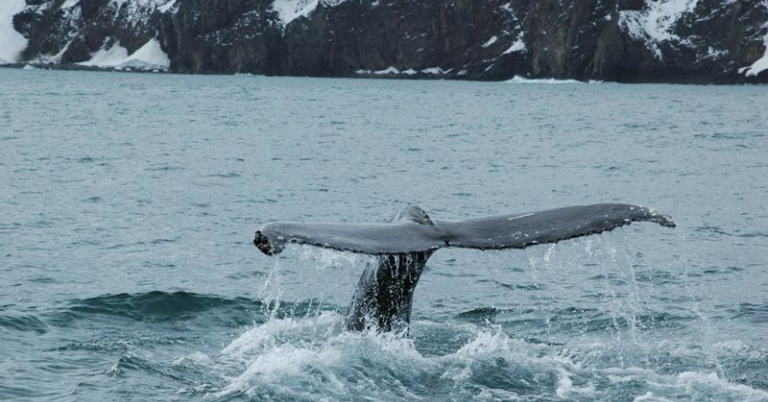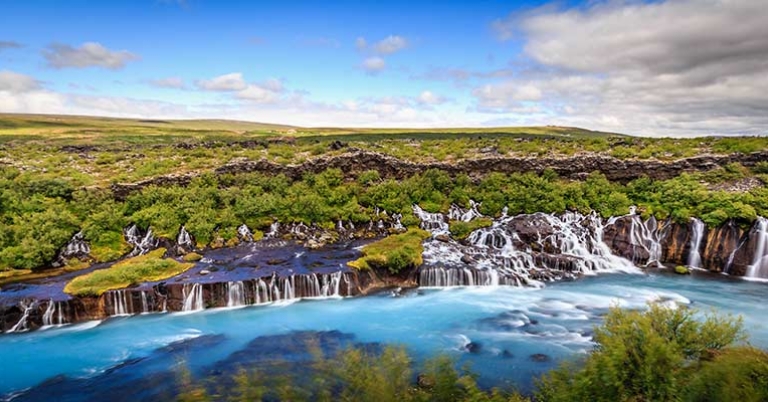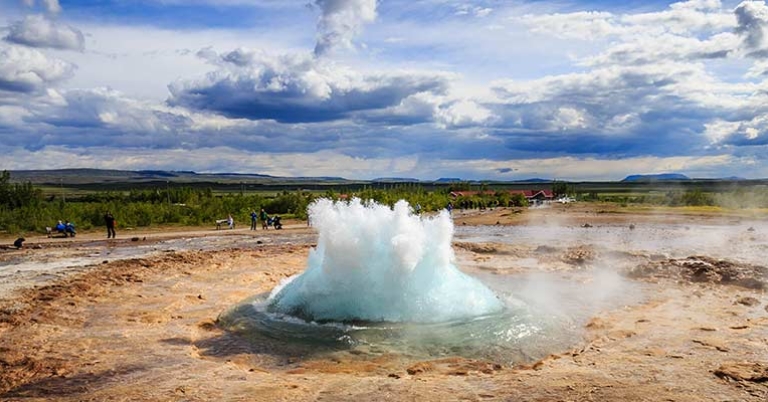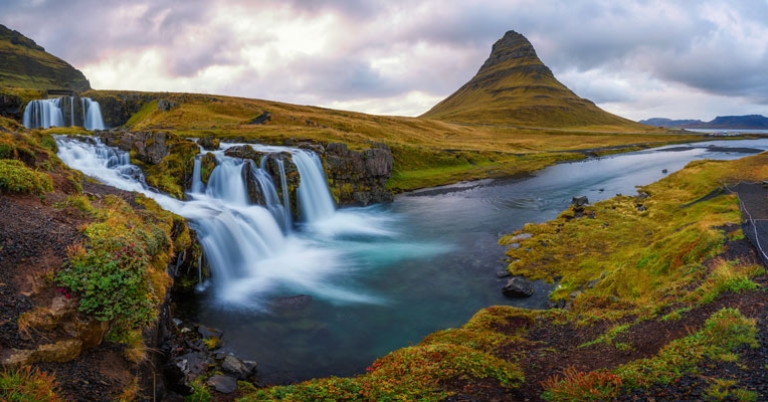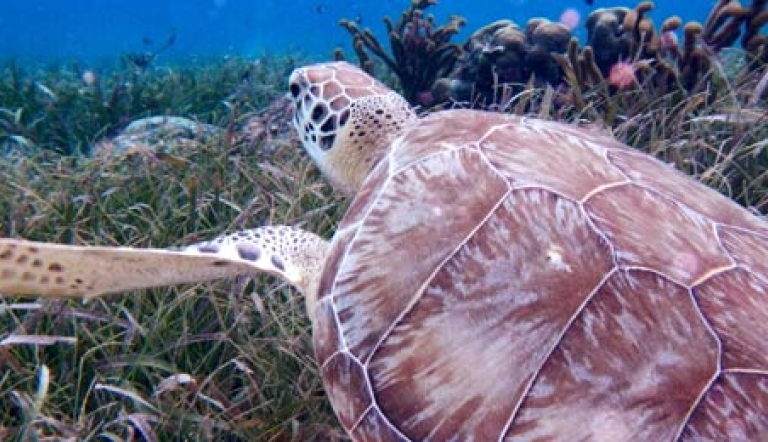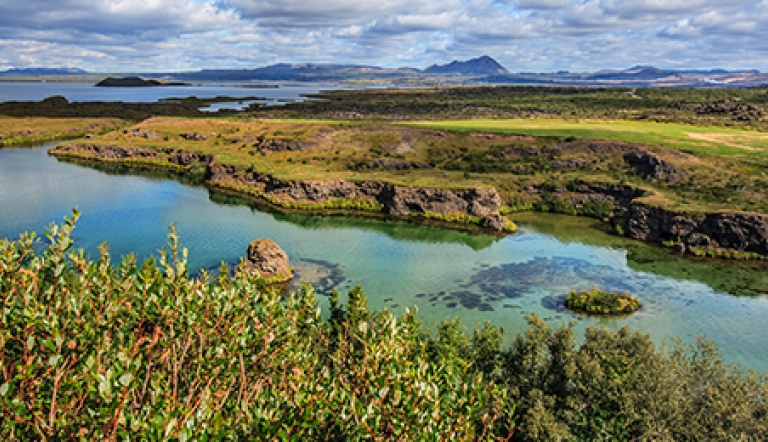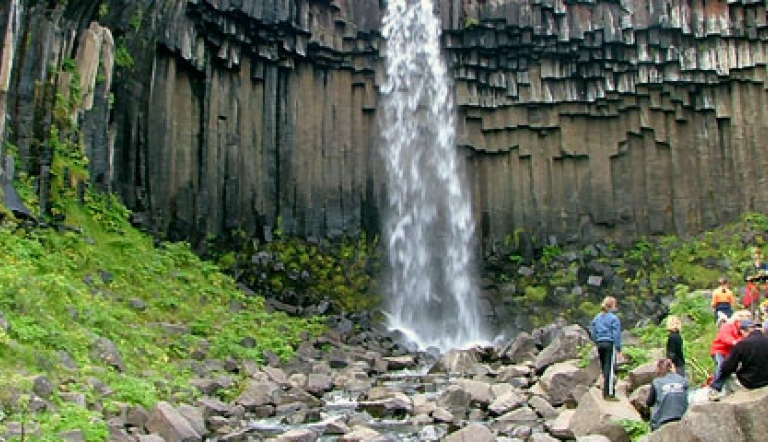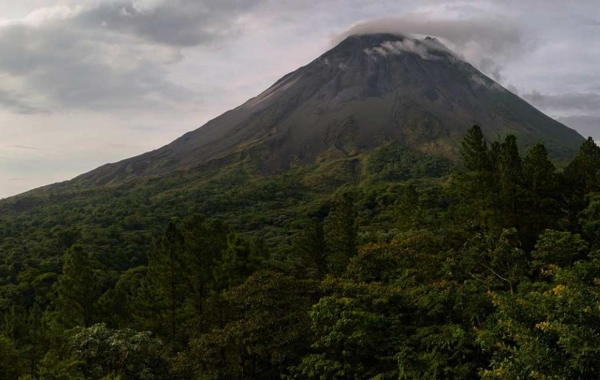About this trip
 Join the Climb for Cancer Foundation in stunning Iceland! The Climb for Cancer Foundation exists to improve the mental, physical and social well-being of cancer patients, survivors and their caregivers through funding of enrichment programs in arts, nature, sports and medicine.
Join the Climb for Cancer Foundation in stunning Iceland! The Climb for Cancer Foundation exists to improve the mental, physical and social well-being of cancer patients, survivors and their caregivers through funding of enrichment programs in arts, nature, sports and medicine.
Co-founded by Ron and Dianne Farb in 2003, our small Foundation has made a tangible impact on the lives of many people fighting the disease. The Foundation has funded or created several psycho-social programs which provide support to the patient and the family, funded research grants, and given kids an opportunity to attend cancer camps. The Foundation likes to think that its gifts fill in the cracks left by organizations that make much larger gifts.
Highlights
- Travel along the famed “Golden Circle,” including stops at Þingvellir National Park, the Geysir geothermal area, and Gullfoss waterfall.
- Go on daily hikes of moderate to challenging difficulty through the country’s diverse landscapes.
- Embark on a whale-watching boat ride and discuss the history of whaling, its ties to Icelandic culture, and current conservation initiatives.
- Relax and unwind while soaking in the warm waters of Sky Lagoon, a geothermal site with a dazzling oceanside view.
- Experience Iceland from the inside, with a visit to an ice cave within a glacier and an exploration of a lava tunnel.
Meet your leader
 Ron Farb
Ron Farb
Educated at the College of William & Mary, and a former military aviator, Ron Farb has traveled to every continent and more than 50 countries. Ron has climbed the highest mountain on five of the seven continents, including Everest, Aconcagua (twice), Denali, Elbrus, and Kilimanjaro (seven times). By doing so, he has raised more than $2 million to fund medical research for cancer with Climb for Cancer, a foundation he and his wife, Dianne, started in 2002.
After his sister was diagnosed with breast cancer more than 20 years ago, he has since combined his passion for climbing and determination to fight the disease by organizing mountain-climbing trips, such as the upcoming Kilimanjaro group climbs, and fundraisers within the Gainesville community. Ron is the 2014 E.T. York “Heart of the Community” award winner for his outstanding dedication to community service, and winner of the 2020 Community Legacy Award.
$6,475
Per person
About this price
Land cost only. Does not include round-trip airfare to and from destination.
Single room supplement $1000
Daily Itinerary
Print ItineraryReykjavik
Nesjavellir
Nesjavillir
Snaefellsnes Peninsula
Snaefellsnes Peninsula
Husafell
Husafell
Reykjavik
Pricing
Print Pricing$6,475
Per person
About this price
Land cost only. Does not include round-trip airfare to and from destination.
Single room supplement $1000
What's Included
- Accommodations with private bathrooms
- Activities and meals as mentioned in itinerary
- Bottled water or water refill station during transfers
- Carbon Offset
- Full time driver/guide for the duration of your program
- Non alcoholic beverage with meals
What's Not Included
- International airfare
- Items of personal nature
- Tips
- Travel Insurance
- Trip cancellation coverage
Pricing Details
A $200 per person deposit and enrollment form is due to hold your space on this trip. This deposit is refundable 105 days prior to departure excluding a $100 cancellation fee. Cancellations after this date will result in loss of full deposit.
Please note: Your participation as a traveler indicates acceptance of Holbrook Travel’s Covid-19 protocols in place at time of travel.
Holbrook Travel strongly recommends the purchase of travel insurance for medical emergencies while traveling and to protect your investment. Please note the purchase of Cancel for Any Reason Coverage or to exclude pre-existing conditions with Trip Cancellation coverage may require policy purchase within 10-14 days of your initial deposit, depending upon the provider.
Single room supplement $1000
Final payment due date: January 22, 2022
Travel Info
Print Travel InfoEntry & Exit Requirements
U.S. and Canadian citizens must have a passport valid at least three months beyond your planned date of departure from Iceland. As this requirement is subject to change without notice, we recommend at least six months' validity.
A visa is not required for visits up to 90 days.
If you are not traveling with a U.S. passport, please check with the Icelandic Embassy for the requirements based on your nationality.
Health Information
IMMUNIZATIONS
The Centers for Disease Control recommends that all travelers be up to date on routine vaccinations such as measles-mumps-rubella (MMR) vaccine, diphtheria-pertussis-tetanus vaccine, varicella (chicken pox) vaccine, and your yearly flu shot before every trip.
There are no vaccinations required for entry into Iceland.
Some physicians recommend that travelers get a hepatitis A vaccine before visiting Iceland.
Please consult your physician for additional information and recommendations based on your individual circumstances.
FROSTBITE
Frostbite is damage to the skin from freezing and is due to prolonged exposure to cold temperatures. Symptoms include patches of reddened skin that become white, hard, and swollen; or skin that burns, tingles, or is numb or painful. Severe cases can result in blisters or ulcers forming and may involve deeper tissues. The most common sites for frostbite are the fingers, hands, toes, feet, ears, nose, and cheeks.
To avoid frostbite, dress warmly and in layers but avoid tight clothing as it may reduce circulation. Keep the face and extremities covered. Avoid overheating and excessive perspiration. Change wet clothing, especially socks and gloves.
HYPOTHERMIA
Hypothermia is life threatening. It is caused by cold, wet, or windy weather that causes the body to lose heat faster than it can produce heat. Hypothermia can occur in rugged mountain terrain where the weather can change extremely fast, or after being soaked in cold rivers or lakes.
Symptoms include feeling cold, uncontrollable shivering, clumsiness due to loss of muscle coordination, slurred speech, inability to think clearly, and eventual unconsciousness and cessation of reflexes including heart and lung functions. Many victims in the later stages of hypothermia feel warm and try to shed clothing.
To treat hypothermia, first warm the core of the body before the extremities. Remove any wet clothing. Re-warm the victim slowly; do not warm fast by immersing in warm/hot water. Provide shelter out of the weather. Warm drinks are not necessary, but may help in the psychological recovery. Do NOT give alcohol. Try to keep victim awake as this helps keep the body temperature up.
SUN EXPOSURE
Despite cold temperatures, the effects of the sun can be damaging to the eyes and skin. Spending time outdoors exposes you to the sun’s harmful ultraviolet (UV) rays, even on cloudy days. To protect yourself from the sun, use a broad spectrum sunscreen of at least SPF 15, protect skin with clothing, wear a wide-brimmed hat and sunglasses, and drink plenty of fluids.
Resources
Print ResourcesPacking Recommendations
Everyone has personal preferences when it comes to packing; for this reason, the information below is offered as a general guide and not a definitive list. You know yourself best: Use your discretion and pack what you think will serve you, based on your personal preferences and specific itinerary.
You may find many of the items below in our Gear Store.
CLOTHING
Bring enough clothing suitable for the length of your program. During summer, the weather in Iceland will feel more like early spring or late fall. There may be warm days, but also expect cold, rain, mist, and fog. Pack clothing that can be worn in layers to adapt to weather changes throughout the day.
- A combination of short-sleeved and long-sleeved shirts
- Long pants, jeans, or trousers
- Undergarments
- Sleepwear
- Jacket or sweaters/sweatshirts
- 1-2 bathing suit(s) for swimming in hot springs
- Socks – Bring extra pairs.
- Shoes – Consider your specific itinerary when choosing footwear. For most programs, you’ll likely want at least one pair of comfortable, closed-toe walking or hiking shoes with good ankle protection. In addition, many participants opt for a pair of sturdy sport-strap sandals (e.g. Keens, Tevas, or similar) and/or casual flip-flops or sandals (for around the hot springs or your accommodations).
- Lightweight rain jacket, hooded poncho, and/or windbreaker
- Wool hat or beanie
- Gloves
- Bandana, scarf, or Buff-style headwear
Personal Toiletries
Pack toiletries based on your personal preferences and habits. Below are just a few recommendations to keep in mind.
- Shampoo, conditioner, lotion, deodorant/antiperspirant , etc.
- Soap and washcloth or a small, quick-drying microfiber towel
- Hairbrush, comb, hair ties, shower cap. Most—but not all—hotel rooms provide a hair dryer, but you may wish to bring one from home.
- Toothbrush and toothpaste
- Razor
- Ear plugs, especially if you are a light sleeper
- Personal hygiene products
- Insect repellent with DEET or picaridin
- Sunscreen and lip balm with SPF
- Aloe vera gel
In addition to your personal toiletries, it is useful to pack a small medical kit, which you can easily prepare. Helpful items might include: bandages, antihistamine, a pain reliever, motion sickness and/or altitude sickness medication (if you are prone to either), anti-diarrhea medicine, individually wrapped pre-moistened towelettes and/or hand sanitizer, antibiotic ointment, anti-fungal cream, a travel pack of tissues, moleskin for blisters, eye drops, tweezers, a mini sewing kit, and an extra pair of disposable contact lenses or eyeglasses if you wear them.
Miscellaneous
Remember to pack valuables such as your passport, cash/credit cards, and medications in your carry-on luggage.
- Passport and photocopies of all travel documentation
- Personal insurance card and travel insurance information
- Money – ATM/credit card, traveler's checks, and/or cash; small bills in good condition are recommended
- Prescription medicines (if applicable), with a copy of the prescription
- Sunglasses with strap
- Small day pack for hikes and excursions
- Flashlight and/or head lamp
- Travel alarm clock or inexpensive waterproof wristwatch with alarm
- A pocket calculator or phone to assist with conversions and currency exchange
- Binoculars with lens cleaner
- Camera and related equipment, such as charger, lenses, and extra memory cards
- Reusable water bottle
- Non-perishable snacks
- Pocket-knife or multipurpose tool - Pack in your checked luggage
- Zip-top style bags – useful for packing toiletries, sorting clothing, storing damp or muddy shoes, or as a dry bag for protecting electronics)
- Notepad or travel journal and pen
- Music or reading material for down time, long bus drives, or on the airplane, and a portable bright light to read by
- Collapsible walking stick with rubber tip
- Money belt
- Chargers for electronics
- Plug converter and voltage adapter

Questions
Contact Ron Farb at 352-333-9663 or Lisa Palmese-Graubard at 800-451-7111 x339 | lisa@holbrooktravel.com



